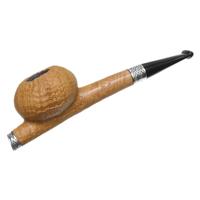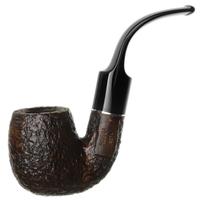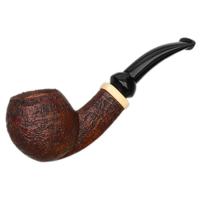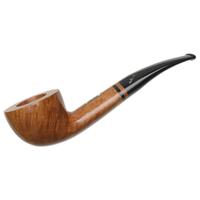clay an meerschaum
- Thread starter scrooge
- Start date
You are using an out of date browser. It may not display this or other websites correctly.
You should upgrade or use an alternative browser.
You should upgrade or use an alternative browser.
- Status
- Not open for further replies.
Nowhere near the same, clay is made from clay then baked in an oven. Meerschaum is compressed sea foam containing minerals and debris from fish, coral etc. it is submerged in water and hard carved by a pipe maker and artisan, try both they will smoke fine but Meerschaum outshines clay IMHO.
banjo
banjo
Not trying to be pedantic here, but meerschaum is actually not compressed debris of anything or fossilized anything. It's just a soft mineral like talc that forms naturally under certain specific conditions like any mineral.Meerschaum is compressed sea foam containing minerals and debris from fish, coral etc.
Just food for thought.
Clay pipes have some great qualities! They are cheap, neutral, and historical. Don't pass just because they aren't meerschaum. Their only fault I can find is that they are fragile - but cheap, so who cares. If you like 'em, buy 'em. I'm sure they'll be great smokers for you.
Taken from wiki:
Meerschaum, German for foam of the sea), also known as sepiolite,[1] is a soft white mineral, often used to make smoking pipes. It is sometimes found floating on the Black Sea and rather suggestive of sea-foam, hence the German origin of the name as well as the French name for the same substance, écume de mer.
Sepiolite is a clay mineral, a complex magnesium silicate, a typical formula for which is Mg4Si6O15(OH)2·6H2O. It can be present in fibrous, fine-particulate, and solid forms.
It was first described in 1847 for an occurrence in Bettolino, Baldissero Canavese, Torino Province, Piedmont, Italy. The name comes from a perceived resemblance of the material to the porous bones of the cuttlefish from the Greek, "sepion".[2] Because of its low specific gravity and its high porosity it may float upon water, hence its German name meerschaum ("sea foam").
Sepiolite occurs as a secondary mineral associated with serpentine. It can occur as a precipitate in arid environments. It may be associated with dolomite and opal.[1][3]
Owing to its fibrous mineral nature, sepiolite veins may contain the hazardous material, asbestos; even where asbestos is not present, sepiolite is often mistaken for it. Careful analytical techniques may be required to distinguish the two.
Meerschaum, German for foam of the sea), also known as sepiolite,[1] is a soft white mineral, often used to make smoking pipes. It is sometimes found floating on the Black Sea and rather suggestive of sea-foam, hence the German origin of the name as well as the French name for the same substance, écume de mer.
Sepiolite is a clay mineral, a complex magnesium silicate, a typical formula for which is Mg4Si6O15(OH)2·6H2O. It can be present in fibrous, fine-particulate, and solid forms.
It was first described in 1847 for an occurrence in Bettolino, Baldissero Canavese, Torino Province, Piedmont, Italy. The name comes from a perceived resemblance of the material to the porous bones of the cuttlefish from the Greek, "sepion".[2] Because of its low specific gravity and its high porosity it may float upon water, hence its German name meerschaum ("sea foam").
Sepiolite occurs as a secondary mineral associated with serpentine. It can occur as a precipitate in arid environments. It may be associated with dolomite and opal.[1][3]
Owing to its fibrous mineral nature, sepiolite veins may contain the hazardous material, asbestos; even where asbestos is not present, sepiolite is often mistaken for it. Careful analytical techniques may be required to distinguish the two.
- Status
- Not open for further replies.


.gif)









